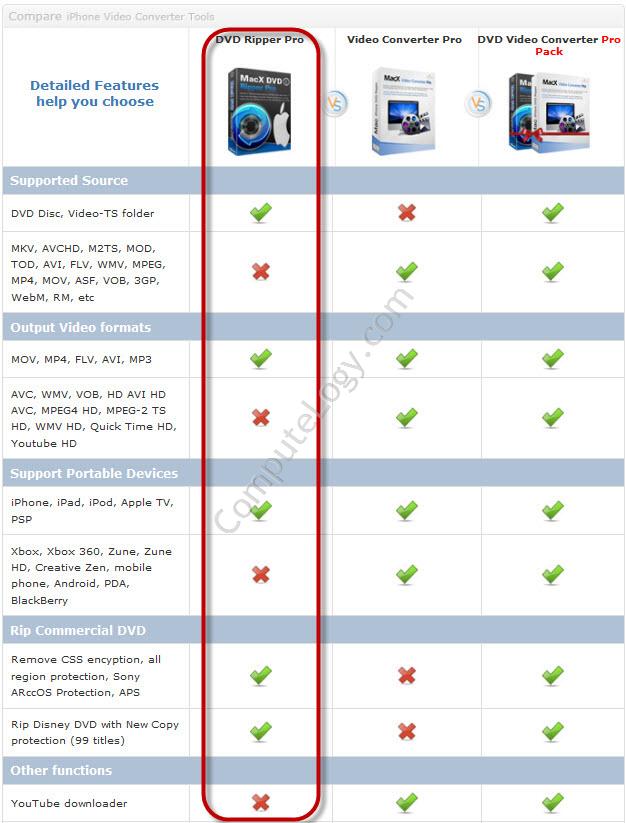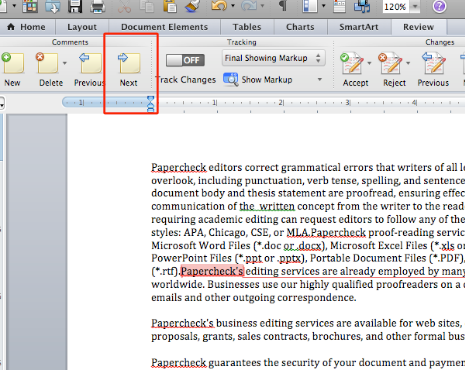

- #Word for mac 2011 remove personal information how to#
- #Word for mac 2011 remove personal information update#
- #Word for mac 2011 remove personal information full#
date of original creation, and when it was last modified.the title of the file (this is different from the file name).

At first glance, all you see is the text that you put on the page.īut what do you find if you dig a little deeper? You might see: Go into your Documents folder, and open one of your Word files. But did you know that Word “hides” some information in the document that doesn’t actually appear as text on any of the pages? And this might not be information you want to make public.
#Word for mac 2011 remove personal information full#
So, you are obviously in full control of what appears on the pages of that document.

You'll also need to go through and perform these same steps on any other styles in the template or document.When you create a Word document, you know exactly what you are typing.
#Word for mac 2011 remove personal information update#
Of course, if you've inadvertently changed styles earlier (because the Automatically Update check box was selected), then you'll need to go back and change the style definition so that text appears as you want it to. That's it that's how you stop Word from applying the explicit changes to the underlying style. Word displays the Modify Style dialog box.
#Word for mac 2011 remove personal information how to#
How to solve the problem? Turn off the setting in Word that causes explicit formatting to be absorbed into the underlying styles. All of a sudden, local formats can be propagated globally, and that results in what appears to be strange behavior on the part of Word.

This behavior (of absorbing explicit formatting into the underlying style) really muddies the water for people just learning how Word handles formatting. When this occurs, any other document elements that used that style automatically change to reflect the newly applied format. This happens because Word can "absorb" explicit formatting changes into the underlying style. Word also makes it possible for explicit formatting to not just override the implicit formatting, but to become the implicit format. You can't remove it you can only override it. For instance, if you select a few words in a paragraph and then click the Bold tool, the selected text is formatted as bold, but you haven't removed the style that controlled how the text was originally formatted. If you try to ignore styles, then most, if not all, of your paragraphs use the Normal style.Īny explicit formatting you do is always done as an overlay to the underlying style-based formatting. If you create new styles, you are creating new "default" formatting that can be applied to various elements of your document. If you change what is within the definition of a style, then you've changed the formatting applied across all paragraphs or characters that use that style. You can't get away from them they are always there, even if you try to ignore them. Explicit formatting is done through the use of formatting commands, such as those found on the toolbars, in the menus, and in various dialog boxes.Īll default formatting in Word begins with styles. Implicit formatting, which is formatting done by "default," is implemented through the use of styles. In general, there are two types of formatting in Word: implicit and explicit. Every time she highlights a section of text and then changes the font or margin alignment, Word changes the whole document into that new font or margin.īefore explaining how to fix this, it is necessary to do a bit of a review about how formatting is handled in Word. Emily has a concern about how she keeps losing document formatting.


 0 kommentar(er)
0 kommentar(er)
